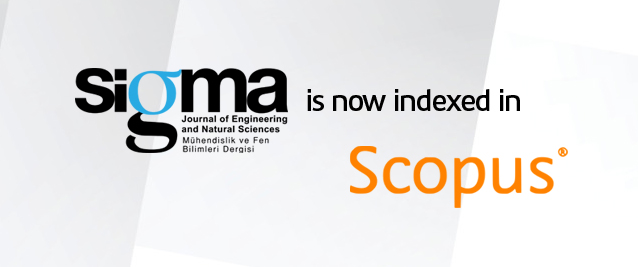2Department of Mechatronic Engineering, Necmettin Erbakan University, Konya, Türkiye
Abstract
The use of ultra-high strength steels (UHSS) is increasing in many industries. These steels are gaining importance in structural applications due to their advantageous properties of high strength and low weight. However, the reliability and durability of welded joints are often questioned due to uncertainties that may occur in the manufacturing process and the use of different modeling techniques. Therefore, it is important to conduct experimental and numerical studies to determine the performance of welded joints and to optimize weld design. In this study, two T weld joint specimens, 20 mm and 30 mm in length, were prepared using S960QL UHSS. Loading was carried out by attaching strain gauges to the samples, and normal stress values varying over time were measured. Different finite element analysis (FEA) modeling techniques were prepared, and numerical analyses were performed using Ansys software. The stress magnification factor (km) was determined for different models. As a result of the study, the average km was determined to be 1.05 for stresses above 500 MPa in the modelling technique closest to the experimental study. Error rates and km values were found to be high for values below 500 MPa stress. As a result of the results obtained, modeling techniques were determined to accurately determine the reliability and durability of welded joints in UHSS, Additionally, new km values have been suggested.















